Fully Automatic vs. Semi-Automatic AEDs
- Jun 21, 2021

Fully Automatic vs. Semi-Automatic AEDs
What is the Difference Between Semi-automatic and Fully Automatic AEDs?
Many automated external defibrillator (AED) manufacturers — like Cardiac Science, Defibtech, HeartSine, Physio-Control, and Zoll — offer models that come in two configurations: semi-automatic and fully-automatic.
No matter which configuration you choose, modern AEDs are portable, life-saving devices designed to treat people experiencing sudden cardiac arrest (SCA). SCA is an often-fatal medical condition in which the heart stops beating.
AEDs — both fully automatic versions and semi-automatic models — are designed to shock the heart back into a normal electrical rhythm.
In other words: you can’t go wrong. Any rescue-ready, FDA-approved AED is better than no AED at all! And when you add CPR and AED training into the mix, you’ll be ready to save lives.
What’s the Biggest Difference Between an Automatic AED and a Semi-Automatic AED?
It comes down to a button. Fully automatic AEDs will automatically deliver a shock if it detects a shockable heart rhythm. Once the rescuer has affixed the pads to the victim’s chest, they can take a step back and let the AED do the rest.
Semi-automatic AEDs require the rescuer to push a button to deliver a shock if one is required. Either way, clear prompts from the AED will tell you what to do! Don't worry, semi-automatic AEDs will not deliver a shock unless it’s indicated. There’s absolutely no risk of shocking or injuring a person with a normally functioning heart
Semi-Automatic AEDs and Fully-Automatic AEDs Have Plenty in Common
- Both require the rescuer to affix the electrode pads to the victim’s chest.
- Both require the rescuer(s) to keep their hands off the patient while the shock is administered.
- Neither will deliver a shock unless a shockable rhythm is detected.
- Some may offer voice prompts and others may offer visual or video prompts.
- Both have the potential to save lives.
Benefits of Semi-Automatic AEDs
Because the rescuer is in charge of delivering the shock, they can make sure that everyone is standing clear. They may also cost slightly less than their fully automatic counterpart.
Semi-automatic AEDs may be a good fit for organizations with several experienced and CPR/AED trained staff members on-site at all times.
Benefits of Automatic AEDs
Fully automatic AEDs eliminate any potential hesitancy that an untrained rescuer might have about delivering a shock. They also make it easier for one-person rescuers to perform CPR. Prompts from the device ensure that the rescuer takes their hands off the patient before the shock is automatically administered.
Fully automatic AEDs are great for public access AEDs programs.
Cardio Partners offers CPR/AED and First Aid training courses in all 50 states. To learn more about our traditional or blended courses, call our team at 800-544-0004 or email Cardio Partners at customerservice@cardiopartners.com.
DISCLAIMER: Information and resources found on the aed.com website and blog are intended to educate, inform, and motivate readers to make their health and wellness decisions after consulting with their healthcare provider. The authors are not healthcare providers. NO information on this site should be used to diagnose, treat, prevent, or cure any disease or condition.





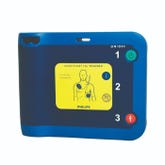
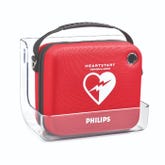
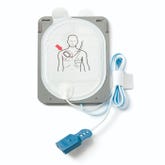
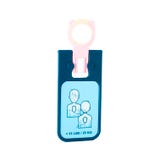
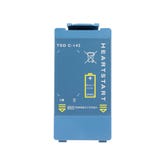
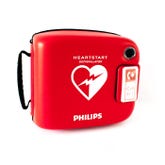
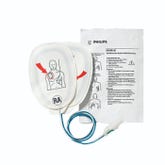
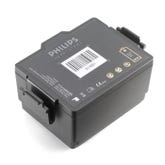
 CALL US:
CALL US: